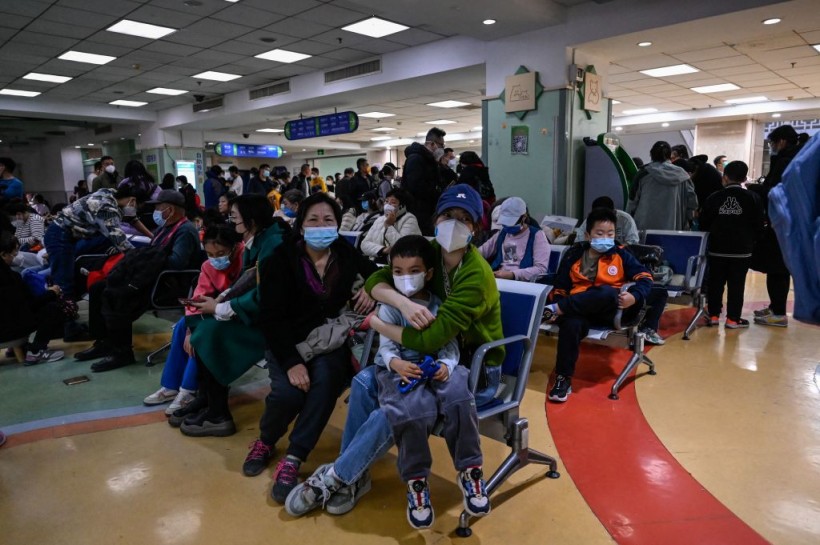Chinese officials said that the surge in respiratory illnesses across China has been caused by the flu and other known pathogens.
Authorities stressed that the sickness was not brought by a novel virus.

Caused by the Influenza Virus
Mi Feng, who serves as spokesperson for the National Health Commission, explained that the recent respiratory infectious diseases are mainly due to the influenza virus, while the additional cases were brought by rhinoviruses, Mycoplasma pneumoniae, respiratory syncytial virus, and adenovirus.
According to Mi Feng, measures should be implemented to increase the opening of relevant clinics and treatment areas as well as extend service hours and increase the supply of medicines for the patients.
Furthermore, Mi Feng advised the public to wear masks and call on local authorities to focus on preventing the spread of illnesses in crowded places such as schools and nursing homes.
To recall, it was since the middle of October when the World Health Organization (WHO) has monitored data from Chinese surveillance systems, which showed a significant increase in respiratory illness among children in northern China.
During a press conference on November 13, China's National Health Commission reported about the nationwide increase in the incidents of respiratory diseases, predominantly affecting children.
Chinese authorities earlier attributed this increase due to the lifting of COVID-19 restrictions and the arrival of the cold season.
They also pointed this spike to circulating known pathogens, such as influenza, Mycoplasma pneumoniae, respiratory syncytial virus (RSV), and severe acute respiratory syndrome coronavirus 2 (SARS-CoV-2).
Authorities said that Mycoplasma pneumonia and RSV are known to affect children more than adults.
Through the International Health Regulations mechanism, the WHO then made an official request to China to provide additional epidemiologic and clinical information, as well as laboratory results from these reported cases and data about recent trends in circulating respiratory pathogens.
Experts said that a key purpose to this request was to identify whether there have been "clusters of undiagnosed pneumonia" in Beijing and Liaoning as disclosed in media reports.
They also want to know if there were separate events or part of the known general increase in respiratory illnesses in the community.
Meanwhile, the WHO also reached out through clinical networks for additional information.
Read Also: China Virus Outbreak Expected to Last for Months
No Detection Of Novel Pathogens
On November 23, WHO had a teleconference with Chinese health authorities from the Chinese Center for Disease Control and Prevention and the Beijing Children's Hospital, facilitated by the National Health Commission and the National Administration of Disease Control and Prevention.
During this online meeting, WHO's requested data have been provided and the information had depicted an increase in outpatient consultations and hospital admissions of children due to Mycoplasma pneumoniae pneumonia since May, and RSV, adenovirus and influenza virus since October.
Furthermore, Chinese authorities said that there has been no detection of any unusual or novel pathogens or unusual clinical presentations, including in Beijing and Liaoning.
They maintained that only the aforementioned general increase in respiratory illnesses were due to multiple known pathogens.
These officials also said that the rise in respiratory illness has not resulted in patient loads exceeding hospital capacities.
Related Article: Pneumonia Cases Spike In China As Winter Sets In, WHO Asks For Records
© 2024 NatureWorldNews.com All rights reserved. Do not reproduce without permission.



![Climate Change is Reducing Dust Levels Worldwide as Arctic Temperature Warms [Study]](https://1471793142.rsc.cdn77.org/data/thumbs/full/70320/280/157/50/40/climate-change-is-reducing-dust-levels-worldwide-as-arctic-temperature-warms-study.jpg)

